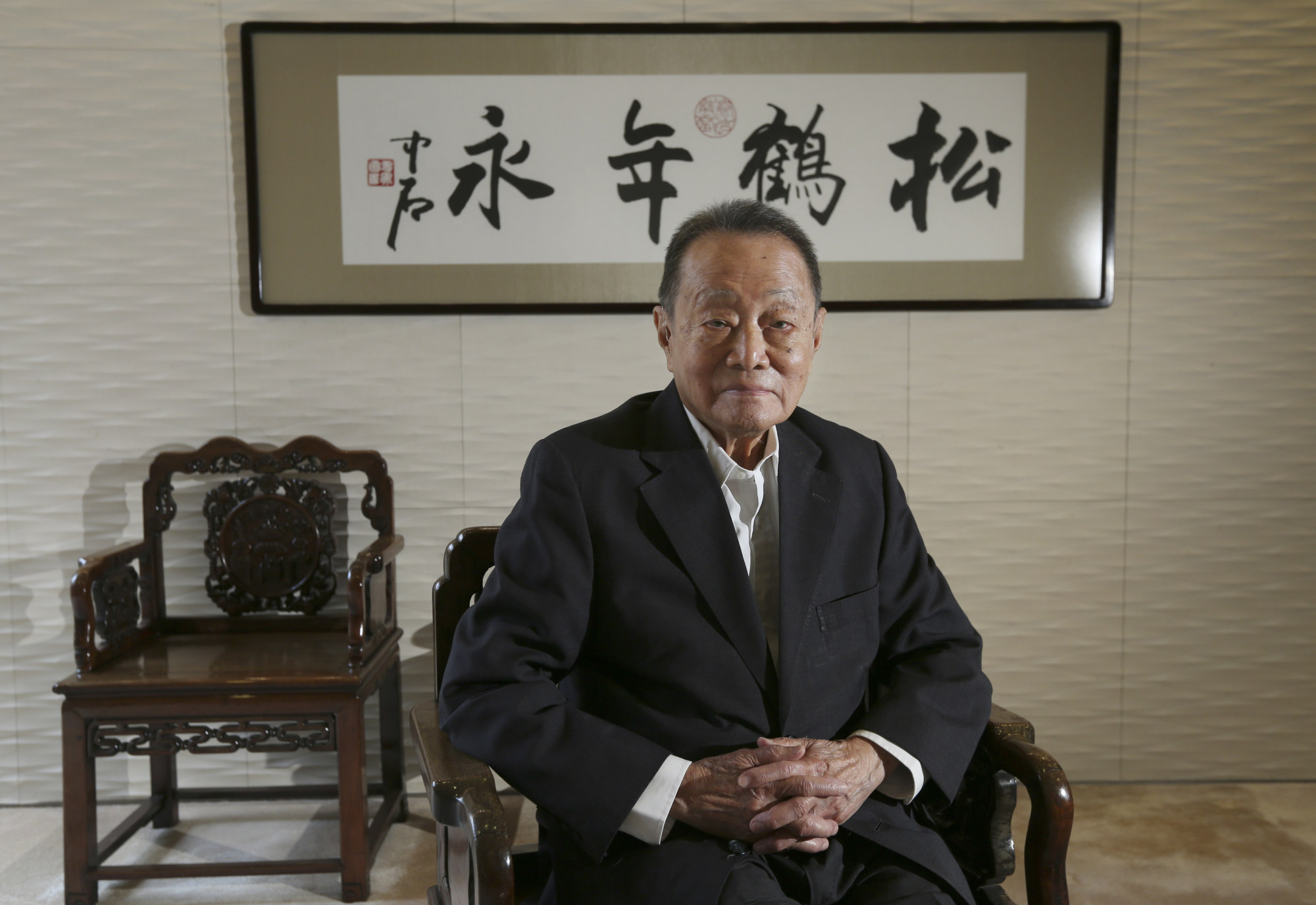
How Southeast Asia influenced China through business titans Tan Kah Kee and Robert Kuok
- Early industrialist Tan Kah Kee founded schools in China and contributed to Southeast Asia’s wartime effort against Japanese occupation
- Robert Kuok played an important role in China’s opening up, bringing in investment and helping Beijing boost its knowledge of Southeast Asia
Li Ka-shing hails Hong Kong and Singapore’s growth path in Lee Kuan Yew tribute
In recent decades, some historians have advocated for a “global history” approach, trying to break free from narrow national perspectives to look at the interconnectedness of past events.
“Globalisation has fundamentally altered our ways of knowing and it is no longer possible to study nations in isolation and to understand world history as emanating from the West,” wrote Sebastian Conrad, professor of history at the Free University of Berlin, in What is Global History? in 2016.
An examination of how those who distinguished themselves in Southeast Asia have influenced China can provide more context and a global perspective for future exchanges with Beijing.

The 1911 revolution in China resulted in the collapse of the Qing dynasty and the birth of a Chinese republic. Earlier in 1908, Henry Ford launched the Model T, the first car that was mass-produced at an affordable price. Both events involved rubber, and at that time only Malaya and some parts of South America produced rubber.
In the early 20th century, there was frantic speculation on rubber stocks, and key stocks listed on the Shanghai Stock Exchange between 1908 and 1910 were Senawang Rubber Company, Tebung Rubber Company and Perak Rubber Company.
By July 1910, the bubble had collapsed, triggered by the banning of rubber imports by the United States that caused banks to go bankrupt. In 1905, the Qing dynasty devolved financial power to the provinces, which started to collect money from the ordinary people to construct railways. Some of the railway funds were siphoned off to speculate on the Shanghai Stock Exchange, particularly for rubber stock.
When the market collapsed, that money disappeared, triggering protests a year later. A major protest in Sichuan prompted the Qing government to bring in elite soldiers from Hubei, causing a power vacuum in Wuchang where the revolution took place on October 10, 1911.

Most current scholarship focuses on Tan Kah Kee’s role as the founder of Jimei Schools and Xiamen University, as well as his contributions to China through his wartime campaign in Southeast Asia against Japanese occupation and his return to China after the communist takeover.
Tan, a Chinese investor and philanthropist who was active in Singapore and various Chinese cities, was called the Henry Ford of Malaya. Tan’s rubber factory was a “milestone” in the history of Malayan industrial development, according to a 2011 essay by Dr William Tai Yuan in a monograph entitled Historical Experience of the Rise and Fall of Tan Kah Kee’s Enterprise.
In 1929, Malaya exported about 3 million pairs of shoes to China, mostly from the Tan Kah Kee Rubber Manufactory. Tan’s motor vehicle tyres were launched in 1927 and the Tan Kah Kee enterprise combined upstream rubber planting, midstream rubber processing and downstream manufacturing into a vertically integrated arrangement.
All that happened 100 years ago. As a large manufacturing company, oriented to the international market, the Tan Kah Kee Rubber Manufactory uplifted Malayan industrialisation to a new level.

Tan, according to Tai, paid great attention to technology. “The chemistry industry and the experienced technicians are the lifeblood of manufacturing industries, and industries will grow with them or perish without them,” Tan said. For industrialisation to succeed, technology and experienced technicians are key. It is a lesson that is still relevant to industrial development in Malaysia.
Tan’s enterprises ended in 1933, hit by events such as the Great Depression, the devaluation of the Japanese yen in 1931 and the loss of the Chinese market after China imposed heavy trade barriers and tariffs on shoes imported from Southeast Asia. British Empire markets including Britain, Canada and Australia also blocked shoe imports from Tan’s factories.
A look at Tan’s legacy would reveal that this man brought industrialisation in Malaya to a level that took many decades to replicate. Further, he was able to influence China in multiple ways: building education institutions, raising funds from Southeast Asia to aid the country during the war, and playing a role in China’s polity after 1949.
Tan was deputy chairman of the Chinese People’s Political Consultative Conference, the country’s top advisory body, and a member of the National People’s Congress Standing Committee, China’s top legislative body.

Robert Kuok, Malaysia’s best-known business leader in the last 50 years, has influenced China in his own ways, especially when the country started to open up in the late 1970s.
When Deng Xiaoping began his economic reforms in China in 1978, Kuok played an important role in bringing in investment, as well as helping the government understand Southeast Asia, apart from trading sugar and many other commodities with and for China as early as the 1960s.
He also built the China World Trade Centre and the luxury Shangri-La Hotel in Beijing in the 1980s, when very few investors had faith in the new market. His views were highly sought after by successive Chinese leaders since Deng.
In the first half of the last century, Tan exerted the greatest influence from Southeast Asia on China. In the second half and until today, Kuok’s life and legacy remain a benchmark for future generations to match.
Liew Chin Tong is Malaysia’s Deputy Investment, Trade and Industry Minister

